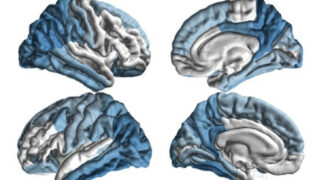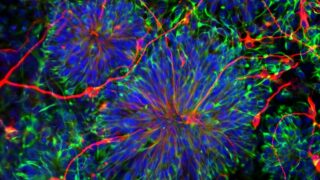The USC Institute on Inequalities in Global Health united interdisciplinary experts to address cross-sector strategies for improving worldwide well-being.
Tag: Keck School of Medicine of USC
News Listing
Students from Keck School of Medicine of USC launched the One Bicycle Foundation, providing bikes to orphans worldwide.
In Cha Kim and Atul Dhablania endow a USC Roski Eye Institute program allowing ophthalmology residents to gain surgical experience in India.
USC experts examine G7 Summit predictions for 2023, including economic uncertainty, war & climate change.
The USC APRU climate change mock negotiation drew students from multiple schools and disciplines within the university.
A USC-led team of researchers find that brain age may play a role in post-stroke outcomes and could potentially help identify at-risk people.
USC students joined other universities around the world to address climate change during APRU's Global Simulation Conference.
USC Stevens INI launched a $3 million Parkinson's disease study to unite researchers and data from 20 countries to fight the disease.
The work of APRU Global Health Program, which is housed at USC, is a welcome meeting of the minds, rooted in collaboration & communication.
The USC Stem Cell initiative involves 104 research labs across the University Park & Health Science campuses and Children’s Hospital of LA.










